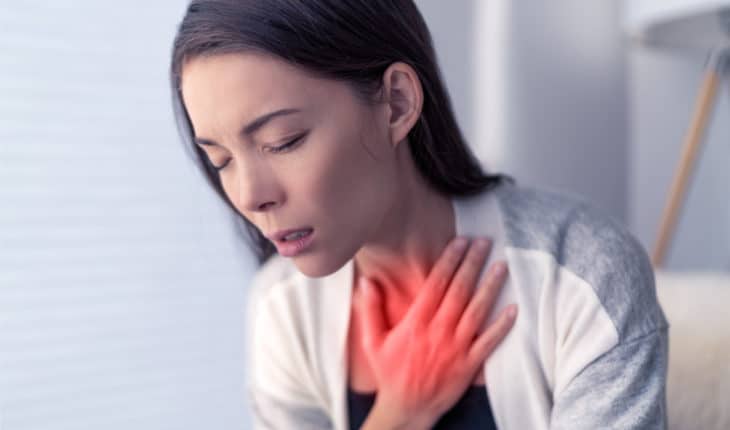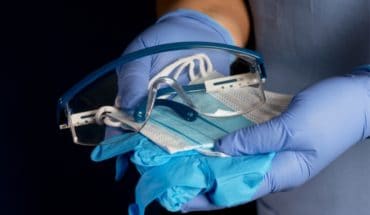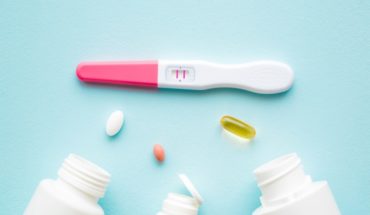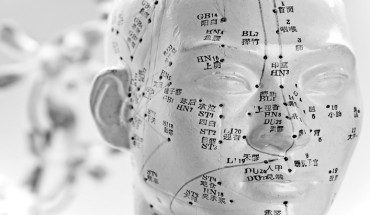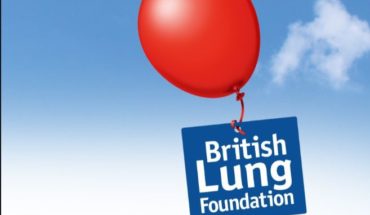Women with long COVID experience heart rate irregularities in response to physical exertion, and this has the potential to constrain not only exercise tolerance but free-living physical activity.
In perspective of the greater prevalence of age-related physical disability among women, compared to men, these findings highlight a need for targeted rehabilitation programmes to manage the consequences of persistent heart and lung problems in women with lingering COVID-19 related symptoms.
That’s according to new research published today in The Physiological Society’s journal Experimental Physiology.
Drs Stephen J Carter and Marissa N Baranauskas, physiologists from Indiana University Bloomington, USA, report significant differences in the heart rate responses to and recovery from a 6-minute walk test in women several months following mild-to-moderate SARS-CoV-2 infection compared to non-infected controls.
The control and experimental groups were matched on age and body mass index, providing greater certainty that the present findings were attributed to long COVID syndrome rather than underlying differences related to ageing or obesity.
Specifically, heart rate was reduced during physical exertion, and recovery (i.e., the slowing of heart rate back to the baseline) was delayed after the exertion among SARS-CoV-2 participants despite a similar distance travelled and ratings-of-perceived exertion to controls.
Women reporting shortness of breath, or joint / muscle aches, and at the time of testing achieved a lower proportion of predicted 6-minute walk test distance compared to controls as well as SARS-CoV-2 participants not actively experiencing such symptoms.
Furthermore, more abnormal heart rate responses were associated with a greater number of days experiencing shortness of breath at illness onset, and poorer ability for gas exchange in the lungs.
Although male sex is associated with increased COVID-19 symptom severity and mortality, recent reports suggest women may be more susceptible to certain lung-related limitations months into recovery.
Prior to this study, hospital admissions data from the Mayo Clinic Proceedings already indicated that women outnumber men 3:1 in seeking treatment for persistent symptoms following a positive COVID-19 diagnosis.
However, the influence of these persistent abnormalities on physical functioning for persons recovering from mild-to-moderate COVID-19 has not yet studied.
Drs Carter and Baranauskas studied women living in the US state of Indiana, with a positive diagnostic test for SARS-CoV-2 at least 1 month after acute illness.
A control group was then recruited consisting of women who had never tested positive for SARS-CoV-2 and were matched to participants in the SARS-CoV-2 group based on age and body mass index.
Women who had a history of major lung disease (e.g., COPD, emphysema), heart disease (e.g., stroke, heart attack) or reported smoking / use of tobacco products within the last 6 months were excluded from participation.
An inventory of COVID-19 symptoms experienced at illness onset as well as details regarding time since diagnosis and facility where diagnostic test results were collected.
On the same day, participants completed a series of standard lung function tests and a 6-minute walk test at the Indiana University – Bloomington School of Public Health in accordance with American Thoracic Society / European Respiratory Society guidelines.
Lung function test values were reported as a percent of predicted reference (for age, height, sex, and ethnicity) derived from the most recent Global Lung Function Initiative reference equations. Values below the lower limit of normal were defined as abnormal.
Following at least 10 minutes of seated rest, participants’ resting heart rate, blood pressure, the amount of oxygen in the blood, and ratings-of-perceived shortness of breath were collected prior to the 6-minute walk test.
Participants were instructed to walk as far as possible during the test, but were not provided with any other encouragement.
Immediately following the test, post-exercise heart rate, oxygen in the blood, ratings-of-perceived shortness of breath, and ratings-of-perceived exertion were assessed.
Heart rate recovery was then calculated as the difference in heart rate immediately post-exercise for each minute of recovery. The distance travelled during the 6-minute period was normalized to predicted values (for age, height, sex, weight, and exercising heart rate).
Given the retrospective nature of this work, the possibility of undiagnosed lung or heart abnormalities that existed prior to a SARS-CoV-2 infection cannot be determined. Additionally, it is possible individuals included in the control group may have had an asymptomatic SARS-CoV-2 infection.
Since menopause is associated with a greater prevalence of restrictive lung abnormalities, it is important to note, the proportion of women exceeding the average age of menopause (51 years) were similar for the SARS-CoV-2 (79%) and control (81%) groups.
Indeed, menopausal status or hormone levels were not controlled for in the investigation. Considering many patients seeking treatment for persistent COVID-19 symptoms, have been women around the ages of 40-45 years old, it is possible that hormonal changes during the menopausal transition may increase susceptibility to the development of persistent COVID-19 related symptoms.
Therefore, the abnormalities observed in the present cohort of predominantly post-menopausal women might not be generalizable to men or younger women recovering from COVID-19.
Commenting on the study, Dr. Stephen J. Carter said, “Given the greater prevalence of age-related physical disability in women, as compared to men, our findings show that a targeted rehab programme might be especially useful to women and other groups affected by persistent COVID-19 symptoms – thus promoting recovery and minimizing susceptibility for deteriorating physical condition.”
- New study challenges social media’s mental health impact - 21st November 2024
- Do Finland introduces a new care pathway for epilepsy - 21st November 2024
- Innovative swim program for people with cerebral palsy - 21st November 2024
